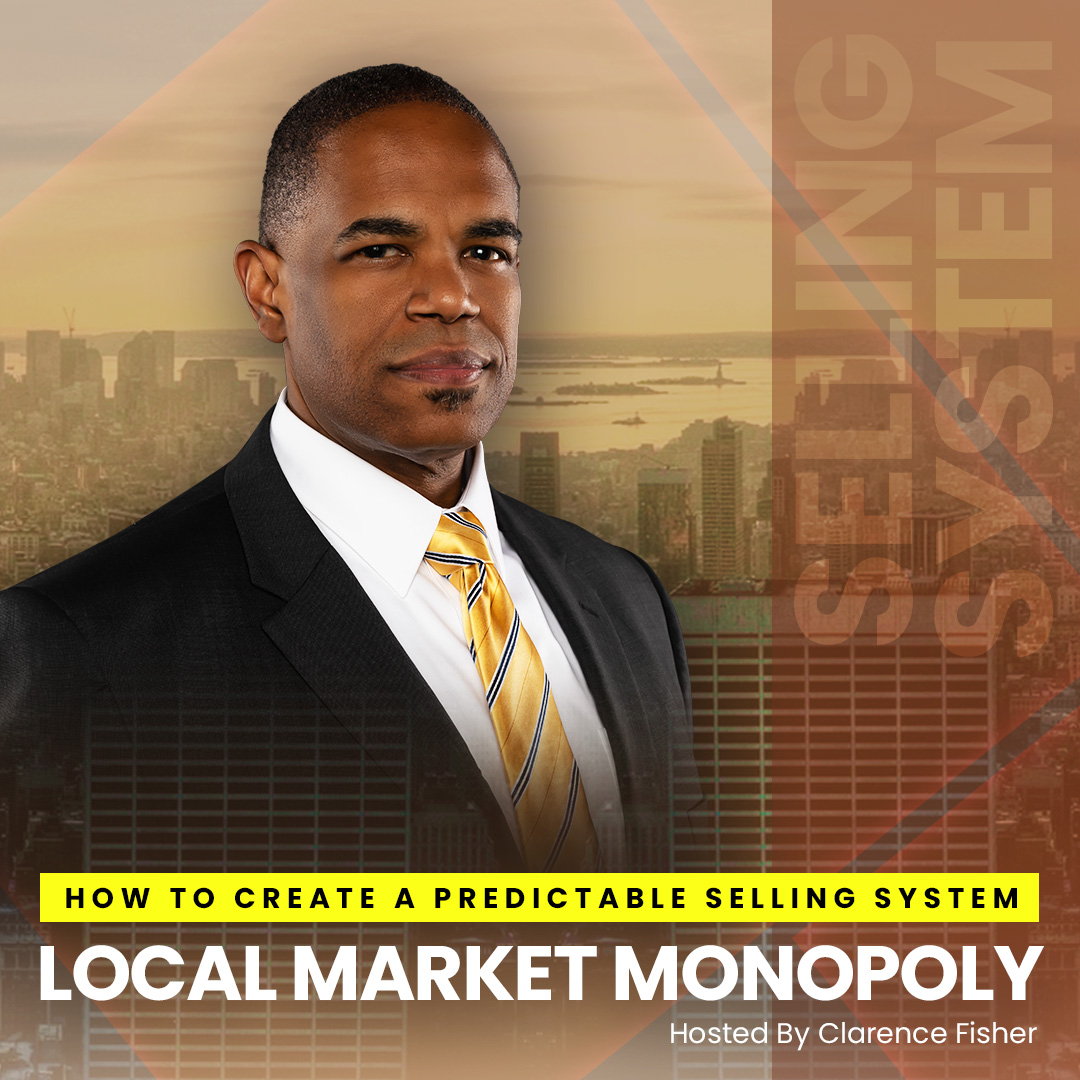After a year like 2020, we could all use some predictability in our businesses!
In this episode, I’ll break down the details of implementing Ryan Deiss’s Predictable Selling System (with a small tweak I made for local businesses), it's a foolproof marketing strategy that generates and automates consistent customer conversions.
If you are tired of going from one marketing tactic to the next, hoping finally to get some results, you won't want to miss this episode. Learn the three basic steps for building a Predictable Selling System for your small business, so you can boost profits without feeling salesy or pushy. Listen to this episode now!










